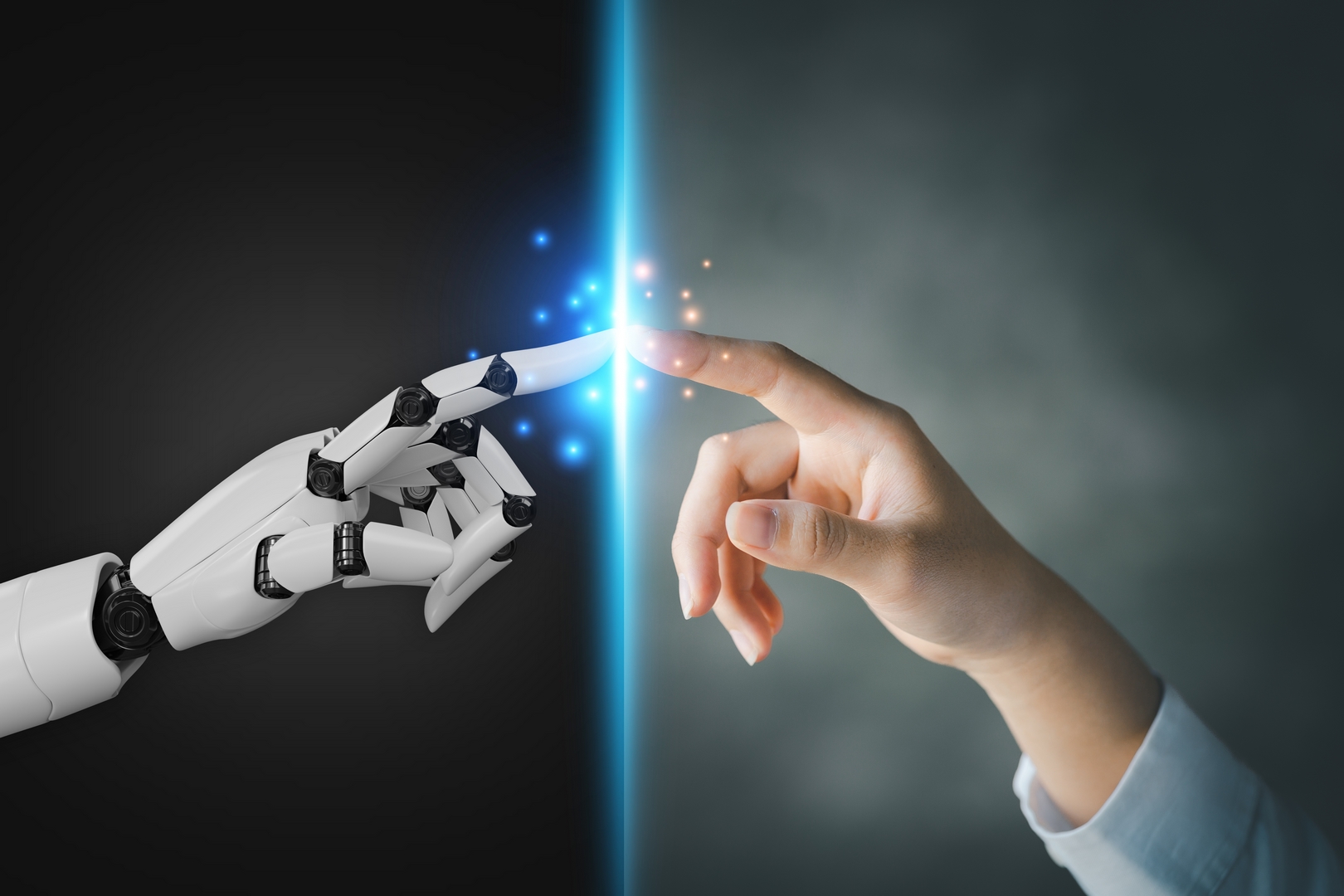Streamlining Administrative Tasks: The Power of AI and Collective Intelligence
In today’s fast-paced work environment, administrative tasks can consume valuable time and resources. However, the integration of generative AI into business operations offers a transformative solution that streamlines these processes. From automating document drafting to enhancing collaboration among team members, AI is reshaping how administrative functions are performed, leading to significant productivity gains.
Automating Routine Administrative Tasks
Generative AI has the capability to automate various administrative tasks, such as drafting standard documents, including meeting reports, minutes, summaries, and memos. This technology can also manage meeting scheduling, organize agendas, and propose concise task summaries. By utilizing AI tools, organizations can reduce the time spent on repetitive tasks, allowing employees to focus on more strategic initiatives.
For example, an AI system can generate a meeting summary based on recorded notes, automatically highlighting key decisions and action items. This not only saves time but also ensures that important information is captured accurately and consistently.
Enhancing Collaboration Through Collective Intelligence
While AI can perform many tasks independently, the human touch remains invaluable. Collective intelligence comes into play when employees and managers collaborate to refine and validate AI-generated documents. This collaboration allows teams to make adjustments based on their specific needs and departmental requirements.
For instance, after an AI drafts a meeting report, team members can provide feedback on its content, ensuring it aligns with their expectations and context. This iterative process enhances the quality of the final document and promotes a culture of shared responsibility and collaboration.
Continuous Improvement Through Feedback
Another critical aspect of leveraging AI for administrative tasks is the ability to provide feedback for continuous improvement. Employees can suggest enhancements to AI-generated documents, which helps the system learn and improve over time. This feedback loop ensures that AI tools become increasingly accurate and effective, tailored to the organization’s evolving needs.
As a result, the automation of administrative tasks not only frees up time for teams but also leads to better-quality outputs. Teams can shift their focus to higher-value activities, such as strategic planning and decision-making, while ensuring that administrative responsibilities are handled efficiently and accurately.
Conclusion: Unlocking Productivity Gains
The integration of generative AI and collective intelligence in automating administrative tasks represents a significant leap forward for organizations. By streamlining routine processes and fostering collaboration among employees, businesses can achieve substantial time savings. This allows teams to dedicate more energy to innovative projects and critical decision-making, ultimately enhancing productivity across the board.
As organizations continue to embrace AI technologies, the potential for increased efficiency and improved outcomes will only grow, paving the way for a more productive and effective workforce.


